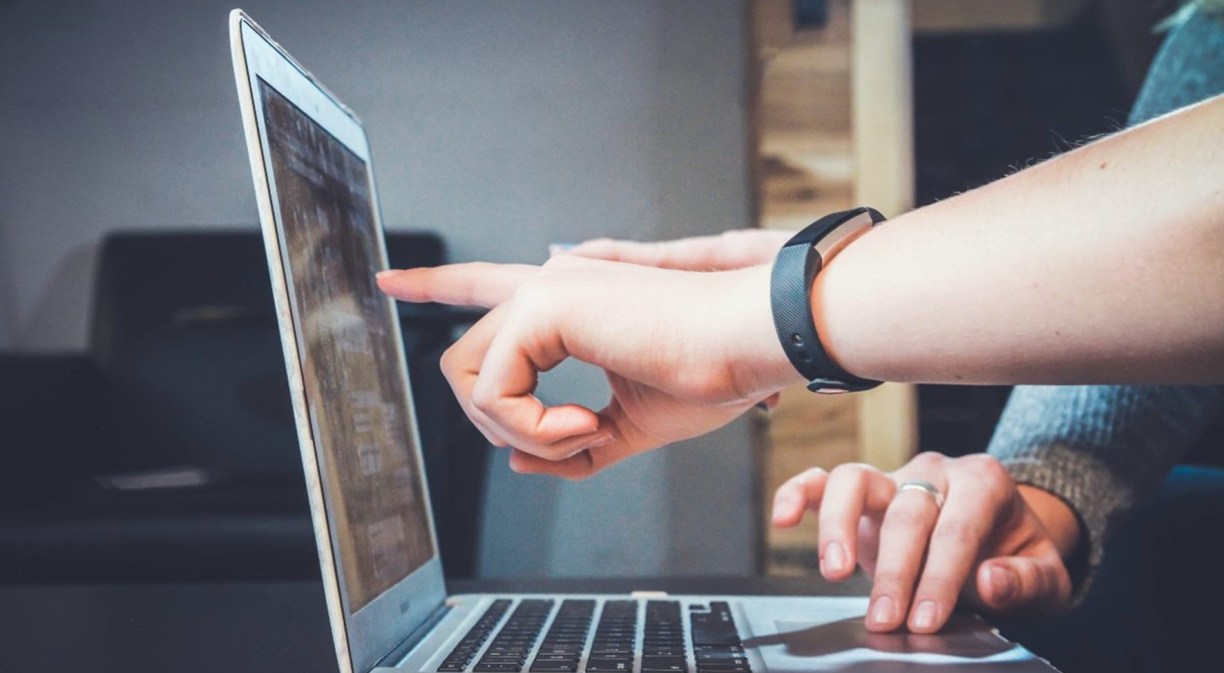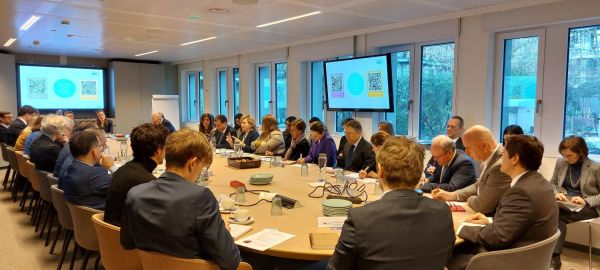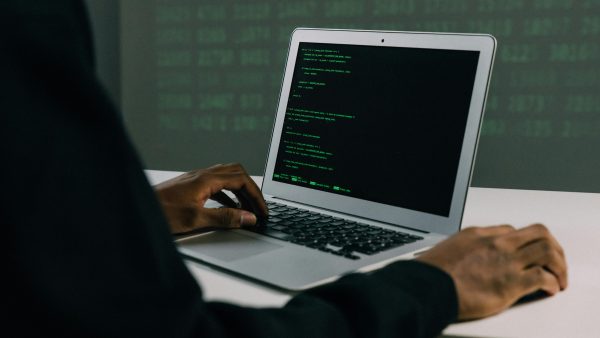One of the keys to business success is the ability to anticipate the impact that potential changes could have on a product or service. Basically, that is what is made possible by a digital twin, a concept that is highly relevant for both private and public organisations.
Digital twins: the mirror of the physical world
Specifically, digital twins are virtual representations that reflect the behaviour of a physical product or service.
Usually, this model is fed with data provided by IoT sensors connected to physical objects, information that feeds the virtual model created to replicate and simulate their behaviour. This is all done aiming to improve their performance and to anticipate the impact of possible changes.
The information obtained is processed through technologies such as machine learning to simulate the behaviour that an object would exhibit when adding new functionalities to it or undergoing modifications in its design, identifying possible virtues and defects in order to make the necessary adjustments before it is actually implemented.
Due to the possibilities they offer, digital twins are being used in different areas:
- For example, within the health sector, they now allow professionals to design a virtual representation of a specific patient or organ in order to study the impacts of certain procedures.
- Within the automotive industry, they are also setting the example, with digital twins being of great help in the design and construction of various models, like for Ford.
Given its impact on production chains, the digital twins market is expected to grow at a compound annual growth rate (CAGR) of 38% between 2019 and 2025, when it is expected to reach USD 35.8 billion, according to Deloitte.
Main features of digital twins
To better understand how digital twins work, let’s review some of their main features:
- The more information is gathered on the product, service or process under study (life cycle, design specifications, performance details, etc.), the more reliable the predictions the simulation model can deliver. All thanks to artificial intelligence (AI) and machine learning.
- It has a predictive nature, which makes it ideal for anticipating failures and making the correct adjustments so that they do not actually occur.
- Its operation incorporates the use of different technologies to analyse and simulate the behaviour of objects, such as the Internet of Things (IoT), cloud computing and machine learning.
It is important to clarify that a digital twin is not the same as a simulation programme. While the latter studies specific elements, a digital twin operates on a larger scale—such as logistics chains or industrial processes—by generating an entire virtual environment.
Advantages of using this technology
Among the main benefits that can be obtained from the use of digital twins, it is worth highlighting the following:
- Increased performance. The virtual monitoring and simulation of a process or system allows for making decisions and taking action to improve efficiency and performance.
- Better R&D. Using digital twins makes more effective product and process design possible, as a result of big data collection and processing through technologies such as cloud computing, IoT, Big Data and AI.
- Anticipating possible failures. The predictive capability of digital twins allows for a real-world risk reduction.
- Better processing of products and materials. Thanks to these virtual representations, it is possible to optimise the life cycle of the elements, extending it or even enhancing recycling actions by identifying elements that can be reused.
Main industries using them
According to the World Economic Forum, a boost in the investment on digital twins is expected by 2025 in areas such as:
- Manufacturing: USD 6.7 billion.
- Automotive: USD 5.1 billion.
- Aviation: USD 5.1 billion.
- Energy and services: USD 3.8 billion.
- Health: USD 3.8 billion.
- Logistics and retail trade: USD 2.3 billion.
The future of digital twins
The possibilities afforded by digital twins are as broad as the needs of organisations, and are increasing as technology evolves, especially in terms of connectivity and artificial intelligence.
A clear example of the aforementioned is the Hexa-X project, in which large companies from the communications sector —such as Telefónica— and renowned European research centres are taking part.
This initiative aims to provide a vision of future 6G systems by connecting the physical world with the virtual world, which, among other things, is expected to digitally replicate entire cities to study their behaviour.
Today, digital twins have a strategic role in organisational processes by allowing for the simulation and prediction of the behaviour of products, services or physical processes, and are therefore of great value when it comes to supporting decision-making regarding world-changing innovations.









